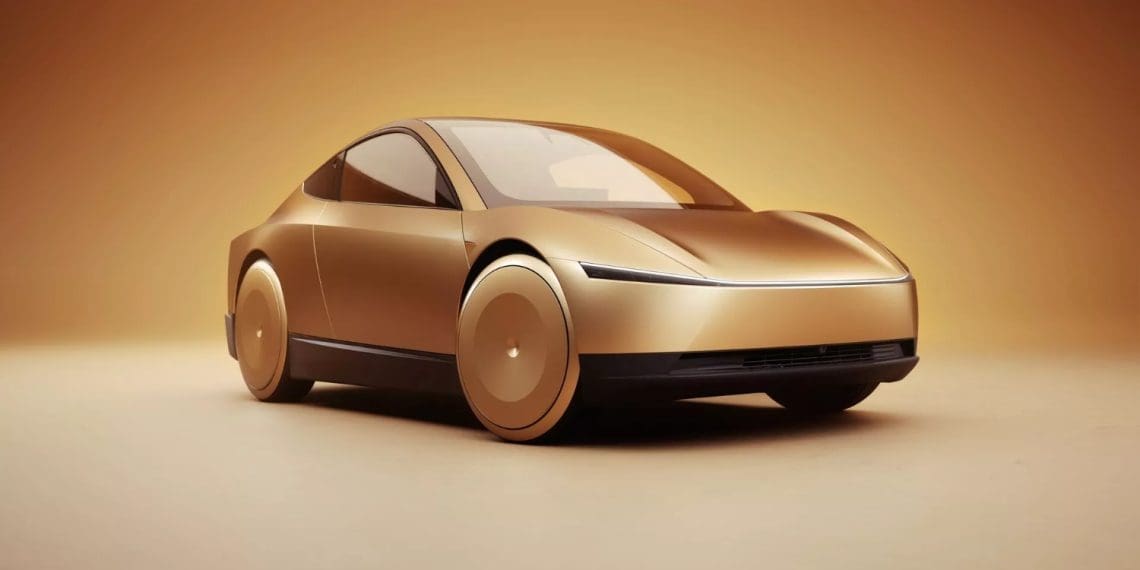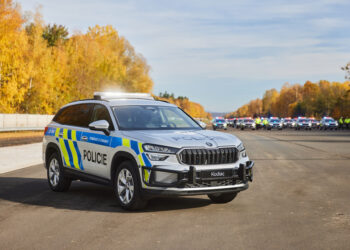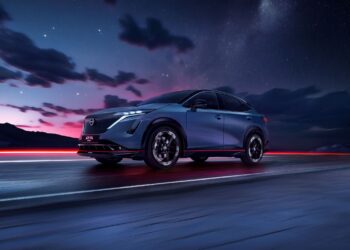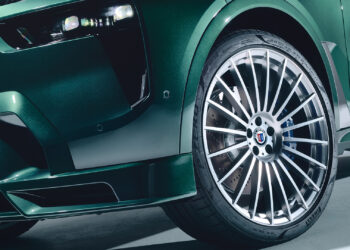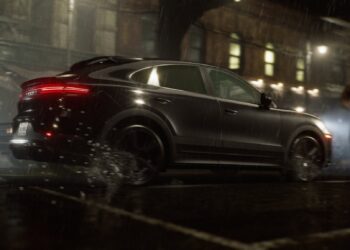Elon Musk, CEO of Tesla, confirmed that the American electric vehicle company will launch the robotaxi, Cybercab, on the streets of Austin, Texas, USA, by the end of June.
In an interview with CNBC, Musk confirmed that Tesla plans to take the Cybercab to Los Angeles and San Francisco after the anticipated debut in Austin.
According to Tesla’s CEO, the robotaxi service will start with about 10 vehicles in Austin and quickly expand to thousands of vehicles if the launch goes well and without incidents.
“It is prudent to start with a small number of vehicles, confirm that things are going well, and then scale up”, Musk said.
The ‘robotaxis’ will only operate in a limited area of Austin, where Tesla is based. Additionally, the manufacturer “will closely monitor what the cars are doing.” “As confidence increases, less oversight will be needed”, he explained.
To begin with, Tesla said its robotaxis will be Model Y vehicles equipped with a future version of the fully autonomous driving system, known as FSD Unsupervised.
One of Tesla’s main rivals in the robotaxi segment, Waymo, already operates commercial fleets of vehicles in several locations across the USA. The company, which is owned by Alphabet, Google’s parent company, revealed that it conducts 250,000 paid rides per week.
Musk’s interview with CNBC comes shortly after Forbes reported that the launch of Tesla’s robotaxi is “like a disaster waiting to happen” due to the shortcuts the company is taking.
Forbes noted that for years, Musk has bet the company’s future on autonomous driving and, more recently, on robotaxis, but Tesla has not demonstrated that its technology “is sufficiently safe” to be on the roads.
The magazine highlighted that the names of Tesla’s two driver assistance systems, Autopilot and Full Self-Driving (FSD), are not only misleading but also have a “deadly track record” and little to no transparency.
“And its insistence on relying on cheap cameras instead of more robust sensors to navigate complex urban environments makes deployment in Austin a potential disaster”, the magazine added.

